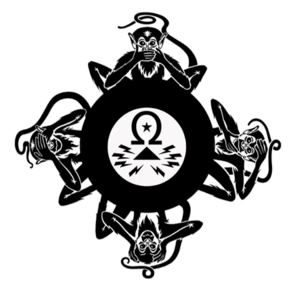
Here are some HTTP status codes for you to meditate over:
400 Bad Request
The 400 (Bad Request) status code indicates that the server cannot or
will not process the request due to something that is perceived to be
a client error (e.g., malformed request syntax, invalid request
message framing, or deceptive request routing).
408 Request Timeout
The server timed out waiting for the request. According to HTTP
specifications: "The client did not produce a request within the time
that the server was prepared to wait. The client MAY repeat the
request without modifications at any later time."
409 Conflict
The 409 (Conflict) status code indicates that the request could not
be completed due to a conflict with the current state of the target
resource. This code is used in situations where the user might be
able to resolve the conflict and resubmit the request. The server
SHOULD generate a payload that includes enough information for a user
to recognize the source of the conflict.
410 Gone
Indicates that the resource requested is no longer available and will
not be available again. This should be used when a resource has been
intentionally removed and the resource should be purged. Upon
receiving a 410 status code, the client should not request the
resource in the future. Clients such as search engines should remove
the resource from their indices.
417 Expectation Failed
The server cannot meet the requirements of the Expect request-header
field.
418 I'm a teapot (RFC 2324)
This code should be returned by teapots requested to brew coffee.
Source:
https://tools.ietf.org/html/rfc2324
https://tools.ietf.org/html/rfc7231#section-6.5
https://en.wikipedia.org/wiki/List_of_HTTP_status_codes
END OF TRANSMISSION